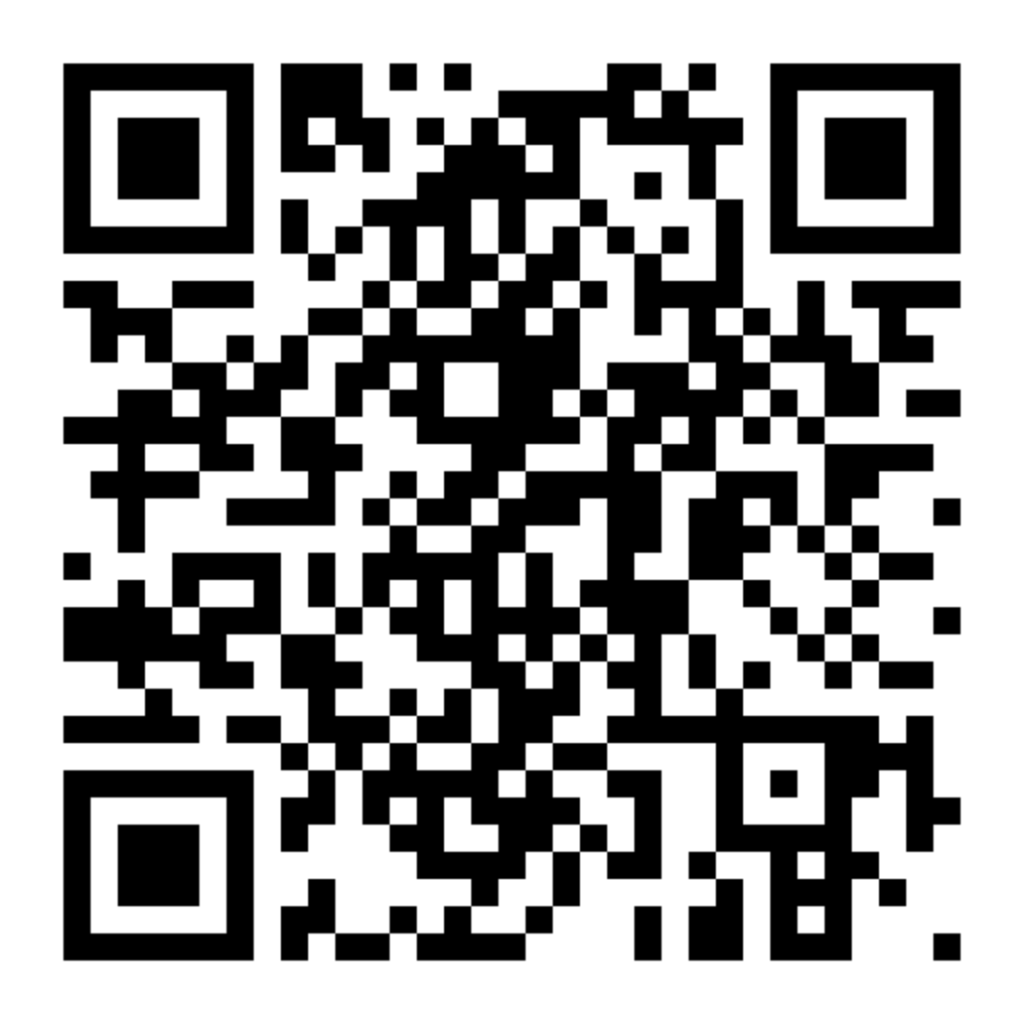Asthma is a widespread chronic respiratory disease that affects millions of people worldwide. In Switzerland, around 470,000 people suffer from asthma, which corresponds to approximately 5.4 per cent of the population. This article provides an overview of the lung disease asthma, including its definition, symptoms, causes, diagnosis, treatment options, prevention tips and real-life results and figures from the TOM medication app of asthma patients.
What is asthma?
The term asthma comes from the Greek and means constriction. Asthma is a chronic inflammatory disease that affects the airways and is characterised by inflammation and constriction of the bronchial tubes. In asthmatics, the bronchial tubes react hypersensitively to various stimuli, which can lead to breathlessness, coughing and chest tightness. There are two main forms of asthma: allergic and non-allergic asthma.
Symptome?
The most common symptoms of asthma are:
- Seizure-like shortness of breath
- Cough (especially at night or early in the morning)
- Tightness in the chest
- Whistling breathing noise
The severity of symptoms can vary and is often triggered by allergens, physical exertion or air pollution.
Causes and risk factors
The exact causes of asthma are not fully understood, but there are several risk factors:
- Genetic predisposition: Family history of asthma or allergies.
- Environmental factors: exposure to allergens (e.g. pollen, house dust mites), air pollution and tobacco smoke.
- Infektionen: Atemwegsinfektionen in der frühen Kindheit können das Risiko erhöhen.
- Other risk factors: psychological strain and stress, medication or pre-existing allergic diseases
Diagnosis
The diagnosis of asthma is based on a combination of:
- Medical history and physical examination
- Lung function tests (e.g. spirometry or bodyplethysmography)
- Allergy tests to identify possible triggers
- Provocation test: Detection of hypersensitivity of the bronchi
Treatment options
The treatment of asthma includes medicinal and non-medicinal measures:
- Drug therapy (not exhaustive):
- Anti-inflammatory medication
- Bronchodilators
- Biologics for severe, uncontrolled asthma.
- Non-drug measures (not exhaustive):
- Regular asthma training sessions on the correct inhalation technique.
- Vermeidung von Allergenen und Risikofaktoren.
- Sport and exercise with consideration of individual limits.
Lifestyle and prevention
A healthy lifestyle can help to better control the symptoms:
- Regular physical activity.
- Healthy diet with anti-inflammatory foods.
- Stressmanagement-Techniken wie Yoga oder Meditation.
In addition, patients should take their medication regularly and review their inhalation technique to improve adherence. Studies show that around 60 % of asthma patients use their medication incorrectly, which leads to avoidable symptoms.
Figures at a glance (Switzerland)
- 12-month prevalence (adults): approx. 5 – 6 %
- Number of patients: approx. 0.5 million
- Aktive Patienten in TOM (Asthma bronchiale inkl. COPD): 1’050
- Average adherence in the TOM app: approx. 72%
- Number of co-medications for asthma patients in the TOM app: 6.5 medications on average
Die fünf meistgenutzten Asthma-Medikamente in der TOM-App
- Symbicort (Formoterol and Budesonid) – AstraZeneca
- Ventolin (Salbutamol) – GlaxoSmithKlin
- Relvar (Vilanterol and Fluticason furoat) – GlaxoSmithKline
- Seretide (Salmeterol and Fluticason) – GlaxoSmithKline
- Spiriva (Tiotropium bromid) – Boehringer Ingelheim
Conclusion
Asthma is a serious condition, but it can be better controlled with the right treatment and a healthy lifestyle. It is important to educate yourself about the disease and work closely with your doctor.
TOM Medication app
- Versatile medication reminder
- Completely free and without advertisingVersatile medication reminder
- Clearly organised medicine cabinet
- Versatile medication reminder
- Completely free and without advertising
- And: 100% anonymous use without registration







